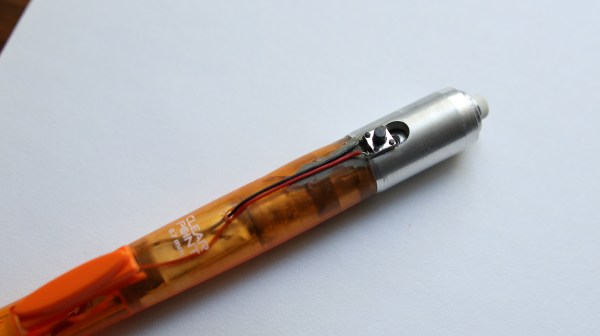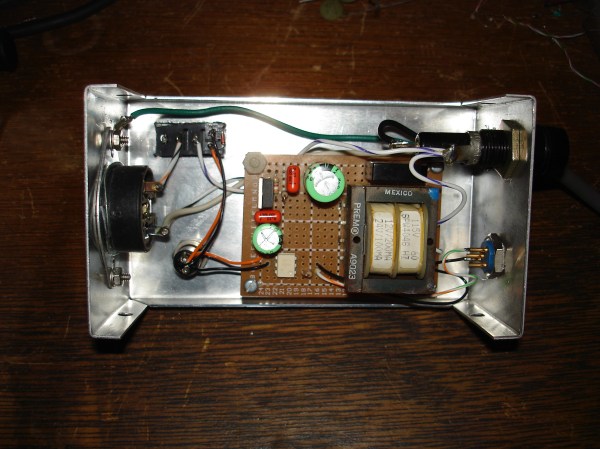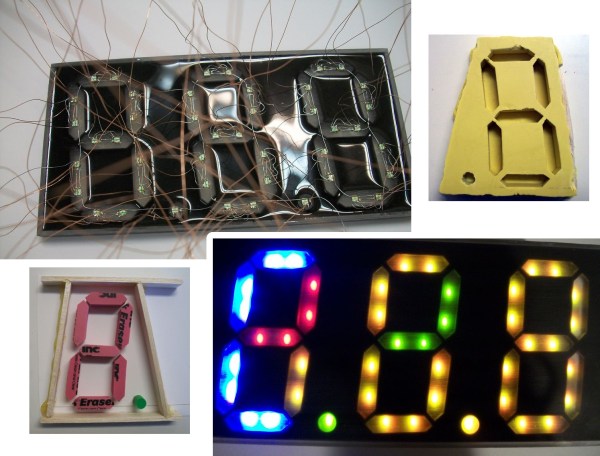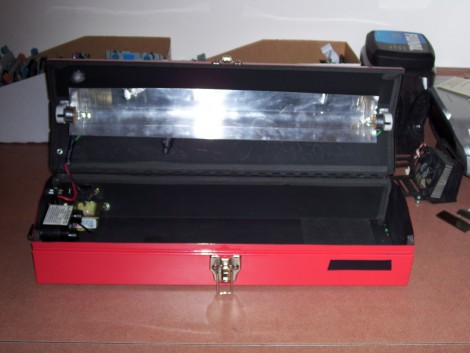There are some inventions that look completely pointless to the untrained eye: who would ever need a motorized garbage can, an electric pencil sharpener or a battery-powered eraser? Quite often, it turns out that there is some niche use case where such tools make complete sense, as is the case for motorized erasers. Having a tiny piece of rubber spinning at high speed gives artists and drafters a way to very precisely delete or lighten bits of their drawing, something that’s nearly impossible to do with a regular eraser.
[Franklinstein] however decided to design a high-speed eraser integrated into a mechanical pencil that brings the whole concept straight back to the pointless category, although not without showing off his advanced engineering skills. The Erase-O-Matic contains a miniature electric motor sourced from a quadcopter, together with an ultra-small lithium-ion battery and a power switch. The spinning bit is held by a tiny bearing, with the whole setup covered by a machined aluminium housing.
Tests with a laser tachometer show a rotational speed of about 30,000 RPM, which is almost three times as fast as a commercial electric eraser. And although it has very good erasing performance, it also wears out its tip in a few seconds, so a bit less speed could actually make this device more useful. If you’re planning to build one of these yourself, you might want to first read our primer on small DC motors.
Continue reading “Power Up Your Pencil With The 30,000 RPM Erase-O-Matic”














